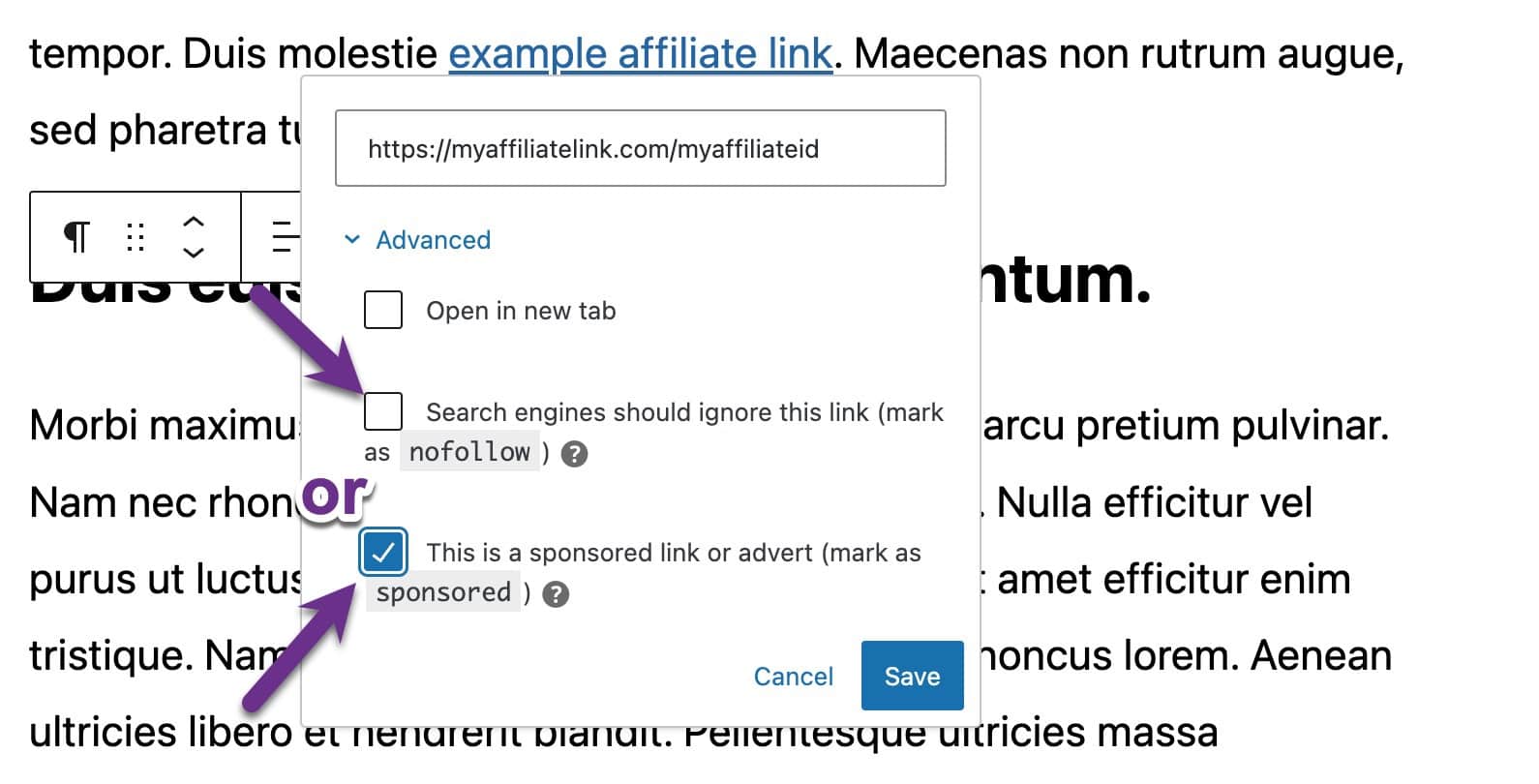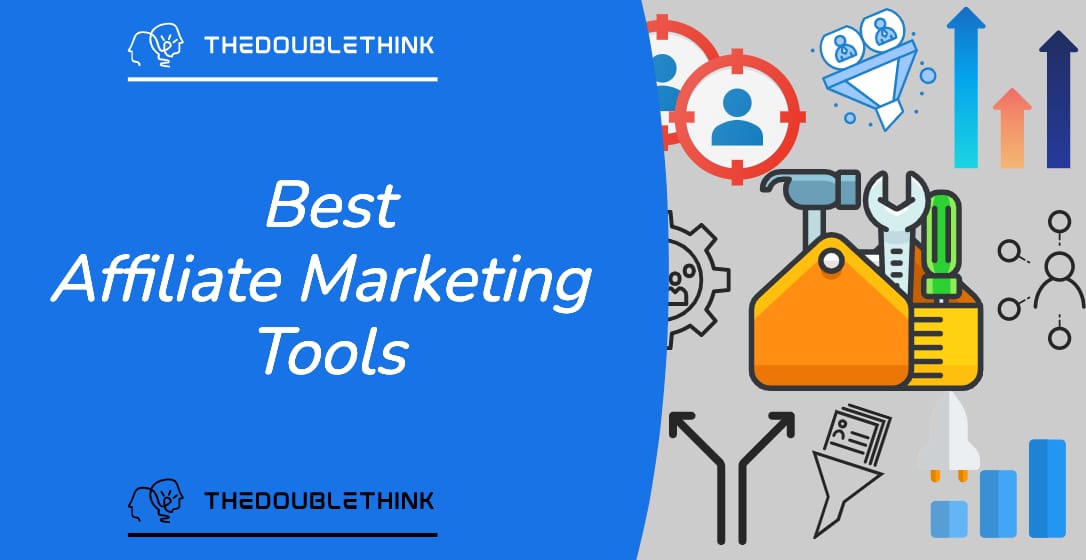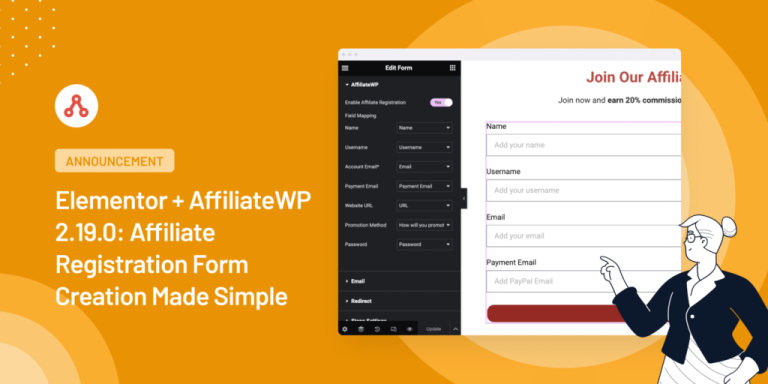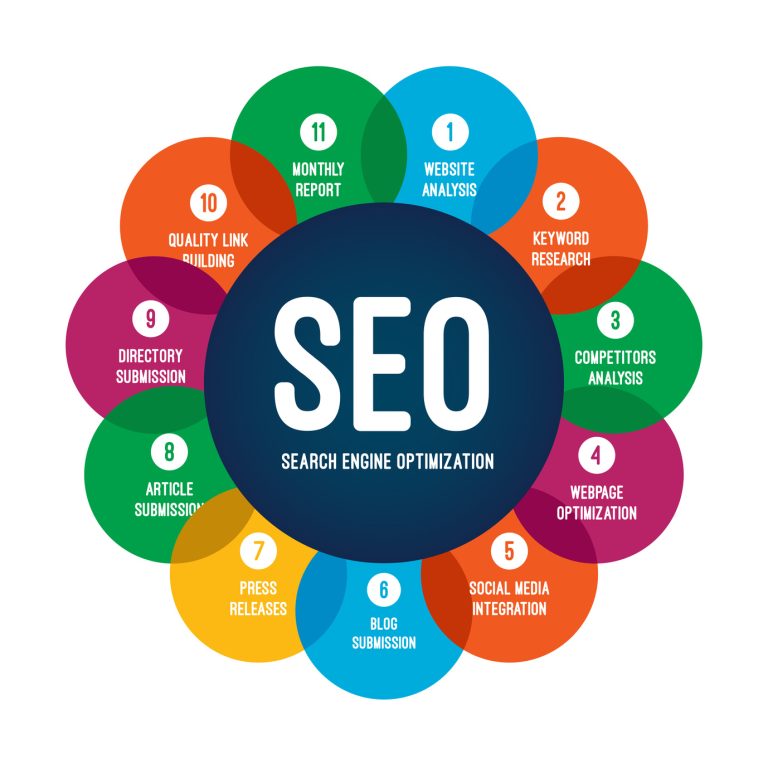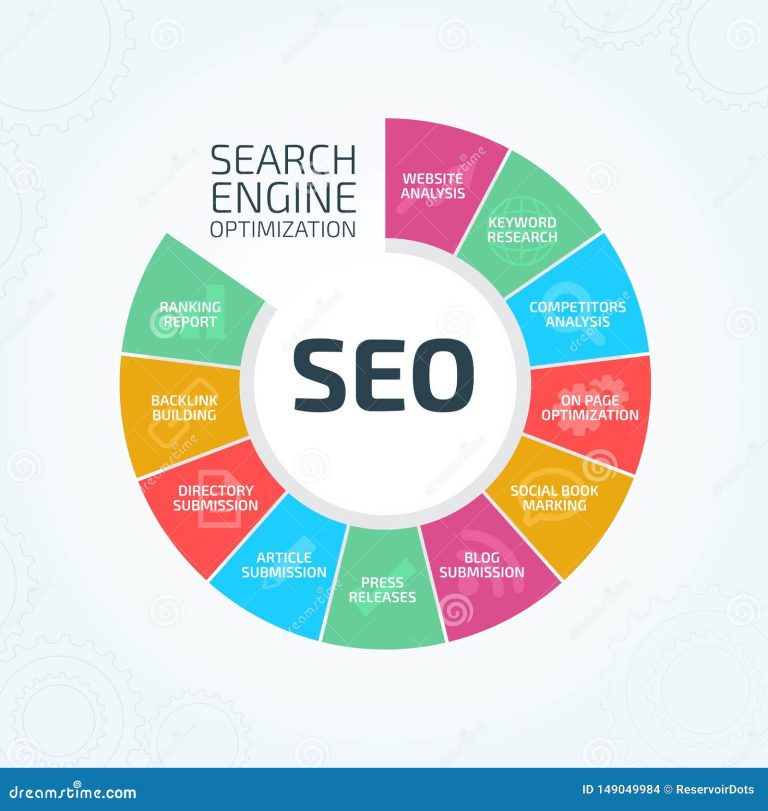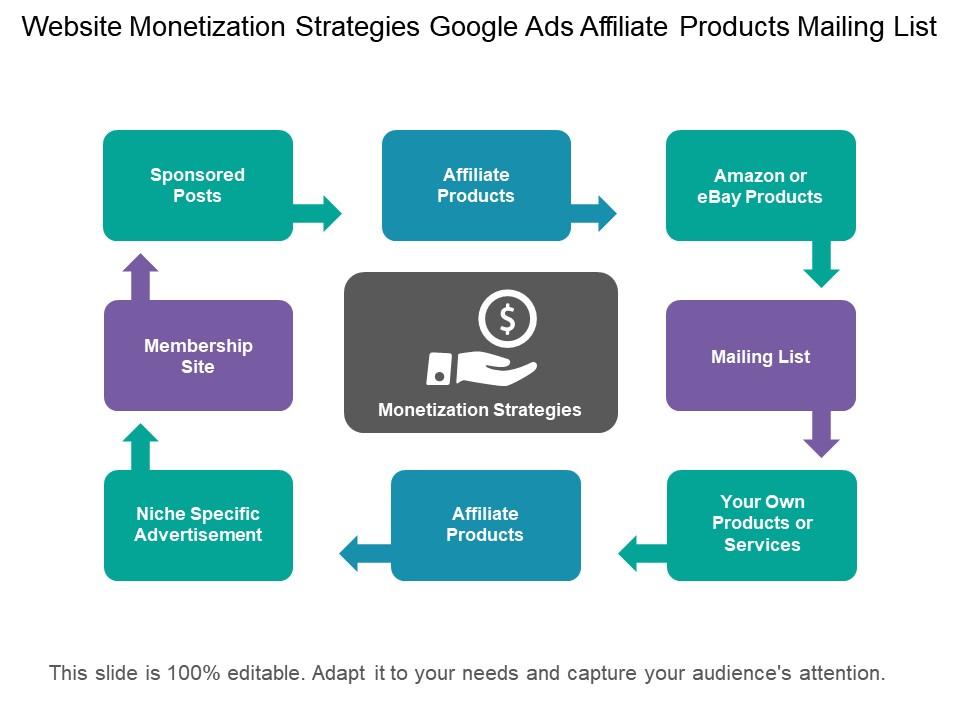
Introduction
In the ever-evolving world of digital marketing, affiliate link integration has become a cornerstone for publishers and content creators looking to monetize their platforms. This technique involves embedding affiliate links into content in a way that feels natural, unobtrusive, and aligned with the reader’s interests. The goal is not just to generate clicks but to create value by recommending products or services that genuinely resonate with your audience.
This article will guide you through the essentials of affiliate link integration, explaining how to implement it effectively while maintaining trust and engagement. Whether you’re a seasoned publisher or just starting out, understanding the nuances of this strategy can significantly boost your earnings and help you build a sustainable online business.
What Is Affiliate Link Integration and Why It Matters
Affiliate link integration refers to the practice of inserting affiliate links into content such as blog posts, videos, social media updates, and email newsletters in a way that enhances the user experience rather than disrupting it. Unlike traditional advertising, which often feels intrusive, well-integrated affiliate links are seamlessly woven into the narrative, making them more likely to be clicked and converted.
The importance of this approach lies in its ability to align with user intent. When readers encounter a recommendation that matches their needs or interests, they are more inclined to engage with the link. This not only increases the chances of a sale but also builds trust between the publisher and the audience.
Moreover, search engines like Google favor content that provides value and maintains a natural flow. By integrating affiliate links thoughtfully, you can improve both user engagement and SEO performance, leading to better visibility and higher traffic.
How Affiliate Link Integration Impacts SEO Performance
Affiliate link integration plays a crucial role in SEO by enhancing several key factors:
- User Engagement: Well-placed affiliate links encourage users to stay on your site longer, reducing bounce rates and increasing dwell time—both positive signals for search engines.
- Content Relevance: Integrating links that match the topic of your content ensures that your pages are seen as authoritative and trustworthy, which can improve rankings.
- Conversion Rates: When users find relevant recommendations, they are more likely to click and convert, which can lead to higher revenue and better user satisfaction.
Additionally, affiliate link integration supports other SEO strategies like E-E-A-T (Experience, Expertise, Authoritativeness, Trustworthiness) by demonstrating that your content is informed and valuable. Search engines prioritize content that reflects these qualities, making affiliate link integration a powerful tool in your SEO arsenal.
Step-by-Step Implementation Framework
To effectively integrate affiliate links, follow this structured approach:
- Define or Audit the Current Situation
- Assess your existing content to identify where affiliate links could add value.
-
Analyze your audience’s preferences and pain points to determine which products or services would be most relevant.
-
Apply Tools, Methods, or Tactics
- Use tools like Awin, Adsterra, or AzonPress to manage and track your affiliate links.
- Incorporate Smartlinks to automatically suggest relevant offers based on user behavior.
-
Ensure that all affiliate links are properly formatted with anchor text and nofollow attributes to avoid penalties.
-
Measure, Analyze, and Optimize
- Track the performance of your affiliate links using analytics tools.
- A/B test different placements and formats to see what works best.
- Adjust your strategy based on data, focusing on high-performing content and links.
By following this framework, you can ensure that your affiliate links are not only effective but also compliant with best practices.
Real or Hypothetical Case Study
Let’s consider a hypothetical case study involving a fashion blog. The blog owner wants to monetize their content by promoting clothing and accessories. They decide to integrate affiliate links into product reviews, style guides, and shopping lists.
After implementing the integration, the blog sees a 40% increase in traffic and a 25% rise in conversion rates. The success is attributed to the natural placement of links within high-quality, relevant content. Readers appreciate the helpful recommendations, and the blog’s authority grows, leading to improved search rankings.
This example illustrates how strategic affiliate link integration can drive both traffic and revenue, creating a win-win scenario for both the publisher and the audience.
Tools and Techniques for Affiliate Link Integration
Several tools can help streamline the process of integrating affiliate links:
- Awin: Offers a range of tools like Link Builder and MyAwin for creating and managing affiliate links.
- Adsterra: Provides Smartlinks that automatically select high-paying ads based on user behavior.
- AzonPress: A WordPress plugin that simplifies the display of Amazon products and affiliate links.
- SurferSEO: Helps optimize content for keywords and semantic scoring.
- Google Analytics: Tracks the performance of your affiliate links and provides insights into user behavior.
- SEMrush: Offers competitive analysis and keyword research to refine your strategy.
These tools not only make the process easier but also enhance the effectiveness of your affiliate marketing efforts.
Future Trends and AI Implications
As AI continues to shape the digital landscape, the future of affiliate link integration looks promising. With advancements in search engine generative experience (SGE) and multimodal search, the way users interact with content is evolving. Publishers must adapt by ensuring their affiliate links are optimized for these new formats.
AI-driven platforms like Google SGE are beginning to surface content in a more conversational and context-aware manner. This means that affiliate links must be integrated in a way that feels natural and relevant within the user’s journey. Additionally, voice search optimization and visual search are becoming increasingly important, requiring publishers to think beyond traditional text-based links.
Staying ahead of these trends will require continuous learning and adaptation, but the rewards—higher engagement, better conversions, and increased revenue—are well worth the effort.
Key Takeaways
- Affiliate link integration is essential for monetizing content while maintaining a positive user experience.
- Strategic placement of affiliate links increases the likelihood of clicks and conversions.
- Tools like Awin, Adsterra, and AzonPress simplify the process and enhance performance.
- Measuring and optimizing your links is crucial for long-term success.
- Future trends like AI and multimodal search will require publishers to adapt their strategies.
By mastering the art of affiliate link integration, you can turn your content into a powerful revenue generator while building trust with your audience.
Meta Title: Affiliate Link Integration — Embeds monetized links naturally
Meta Description: Learn how to seamlessly integrate affiliate links into your content for maximum monetization and user engagement.
SEO Tags (5): affiliate marketing, link integration, monetize content, SEO strategies, digital marketing
Internal Link Suggestions: Parameter #13: Evergreen & Fresh Balance, Parameter #129: Affiliate Link Integration, Parameter #130: Conversion-Intent Keyword Targeting
External Source Suggestions: https://www.awin.com, https://www.adsterra.com, https://www.azonpress.com
